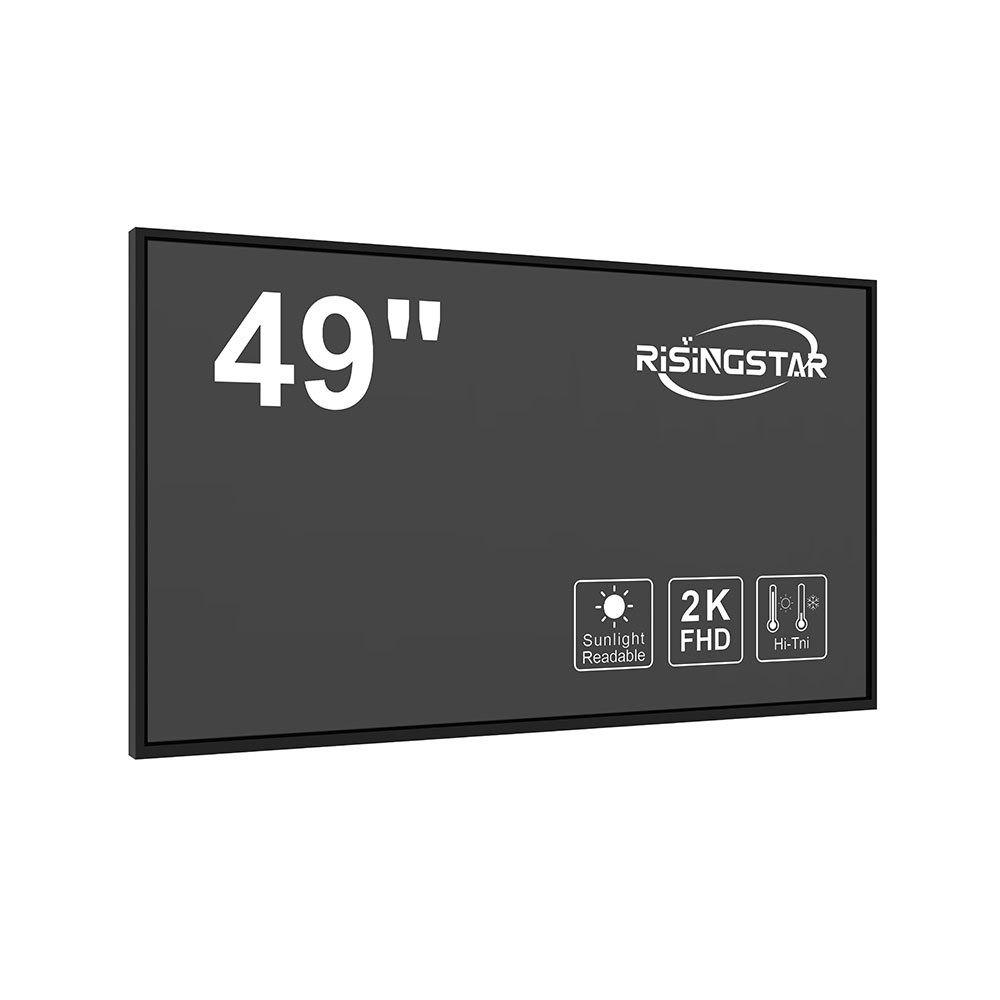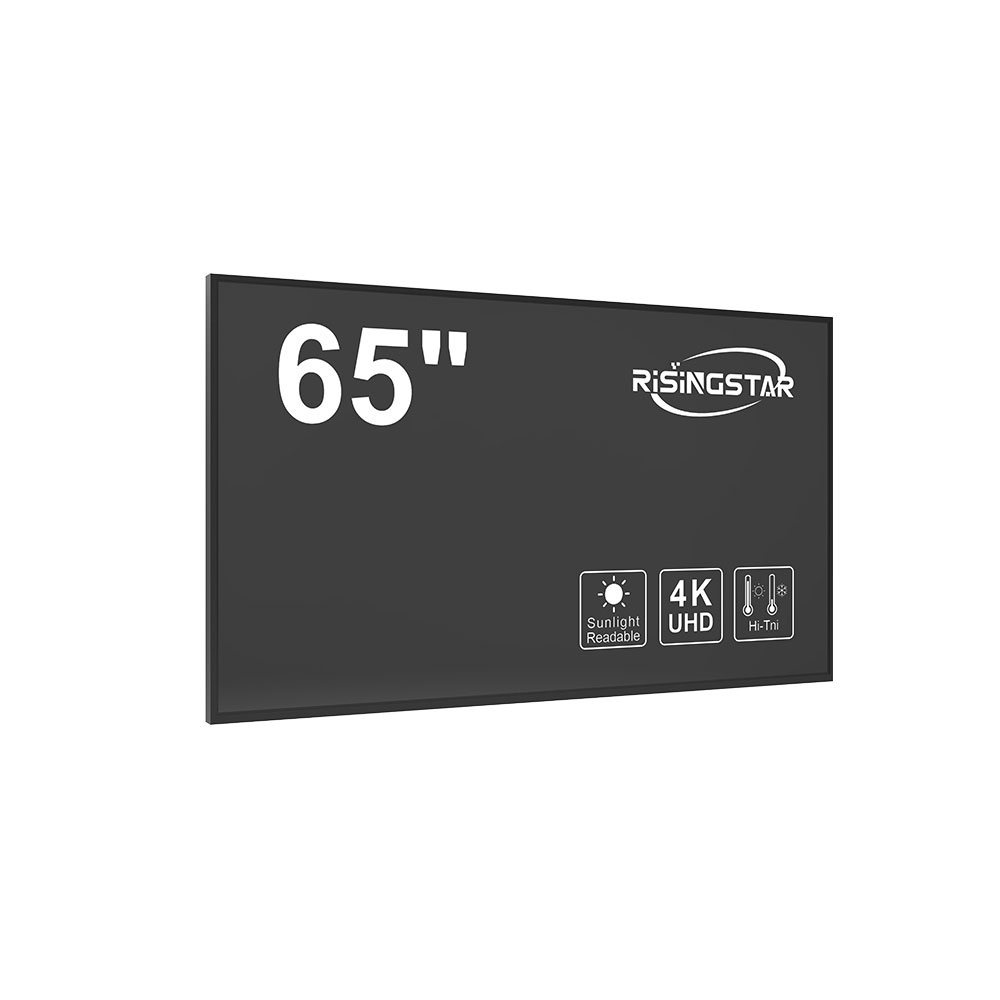- Home
- About Us
- Products
- News
- Video
- Contact
- Send Inquiry
Search
- Home
- About Us
- Products
- News
- Video
- Contact
- Send Inquiry

Outdoor LCD screens are critical components in digital signage, public information displays, and industrial monitoring systems. Their performance under varying environmental conditions—especially sunlight exposure—is heavily influenced by brightness levels, which must comply with international standards such as IEC 62305 for outdoor equipment and ANSI/IES RP-17 for lighting design in open environments. A standard high-brightness outdoor LCD screen typically operates between 3,000 and 5,000 nits, depending on the application. For example, a digital billboard in direct sunlight may require 5,000 nits to remain legible during peak solar hours, while a traffic information panel in a shaded urban area might function effectively at 3,500 nits.
The choice of backlight technology—such as LED arrays or mini-LEDs—directly impacts both brightness consistency and power efficiency. According to a 2023 study published in IEEE Transactions on Consumer Electronics, mini-LED backlights improve uniformity by up to 28% compared to traditional LED arrays, making them ideal for large-format outdoor displays. Additionally, manufacturers must consider ambient light sensors (ALS) integrated into the display system to dynamically adjust brightness based on real-time sunlight intensity—a feature increasingly mandated in smart city infrastructure projects.
Environmental durability is equally important. Outdoor LCDs must meet IP65 or higher ratings for dust and water resistance, as defined by IEC 60529. This ensures reliable operation in extreme weather, including heavy rain, snow, and temperature swings from -20°C to +60°C. In field tests conducted by LG Display in 2022 across five major global cities (Tokyo, London, Dubai, São Paulo, and Los Angeles), outdoor LCDs rated for 4,000 nits consistently maintained readability under full sun at noon, whereas those below 3,000 nits showed significant contrast degradation after just 12 hours of continuous exposure.
Proper installation practices—including anti-glare coatings, UV-resistant casings, and passive cooling solutions—are essential to prevent overheating and extend operational life. Industry best practices, such as those outlined in the Society for Information Display (SID) white paper “Design Guidelines for Outdoor Displays,” recommend a minimum 10° tilt angle to reduce glare reflection and a 15% margin above the required brightness level to account for aging effects over time.

Ultimately, optimizing outdoor LCD brightness requires a holistic approach combining hardware specifications, environmental testing, and adaptive software algorithms. As demand grows for smarter, more energy-efficient outdoor displays in transportation hubs, retail environments, and public safety applications, adherence to these technical standards ensures not only visual clarity but also long-term reliability and ROI for end users.
